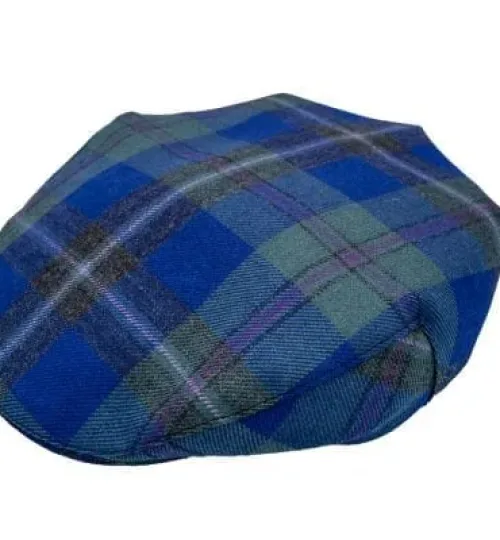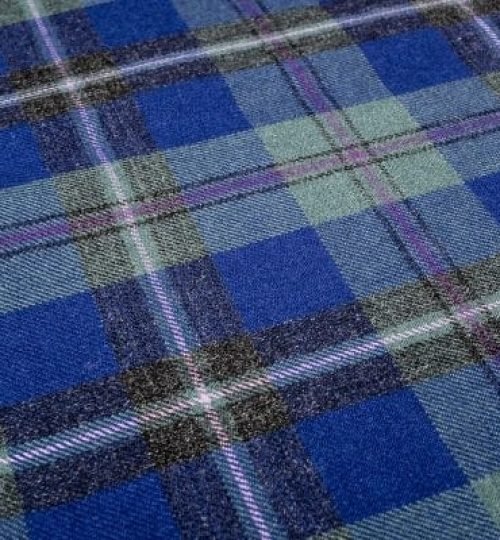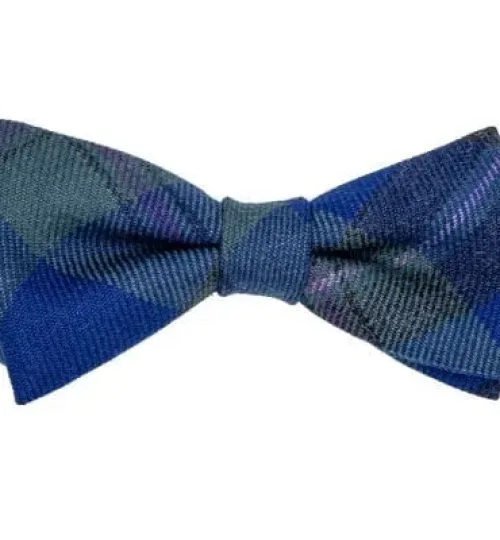Discover Stirling
Since 1818
Discover Stirling
Since taking on the event in 2013 our President of Stirling Highland Games has been speaking to researchers about its history and more.
With the support from EventScotland in 2022, we are delighted to provide more details from our storyboard banner links you will have seen at the Stirling Highland Games event.
We hope you enjoy.
1226
The Stirling Chapmen
The origin of the Stirling Guildry is not definitely known. King Alexander II., on 18th August, 1226, granted a Charter in favour of the Burgh of Stirling, conferring the right to a weekly market and other privileges.
At this period in time, Chapmen, or pedlars, carried their wares from place to place and sold a variety of articles to people they met. There were no shops as such and people relied on the visiting Chapmen for certain goods. By going round the districts, the Chapmen, having heard news and information from several places, were also considered to be early newsmen. Chapmen of a higher class carried their wares on a pack-horse, whereas lower class ones, who walked on foot, were more commonly known as pedlars.
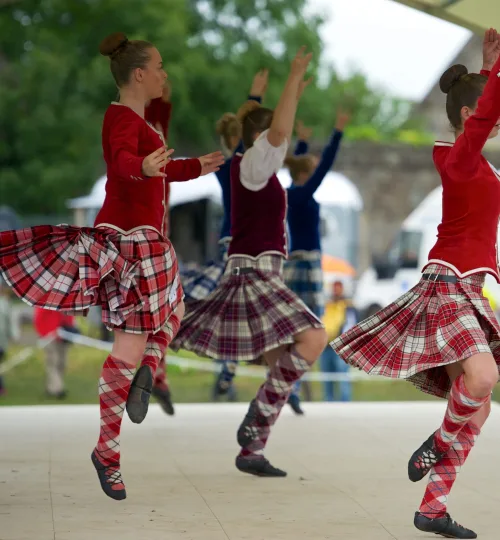
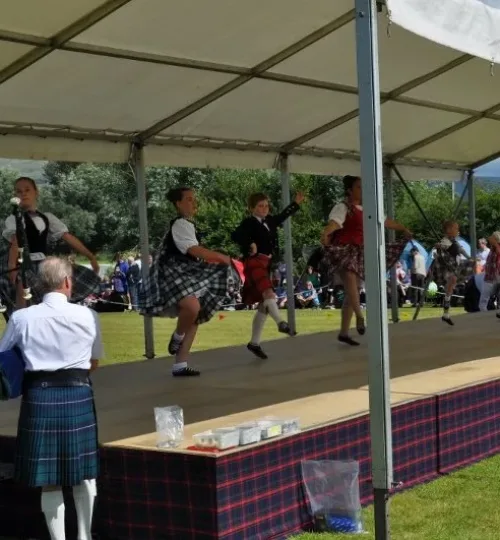

1707
Stirling Castle
The history of the Stirling Highland Games is intrinsically entwined with that of Stirling Castle. The castle goes back to at least the 12th century. Its prominent defensive position was strengthened and altered over the following centuries, with new buildings and fortifications being built.
Given its natural commanding location, close to where the River Forth was bridged, the castle affords panoramic views across the area and controls the routes north and south.

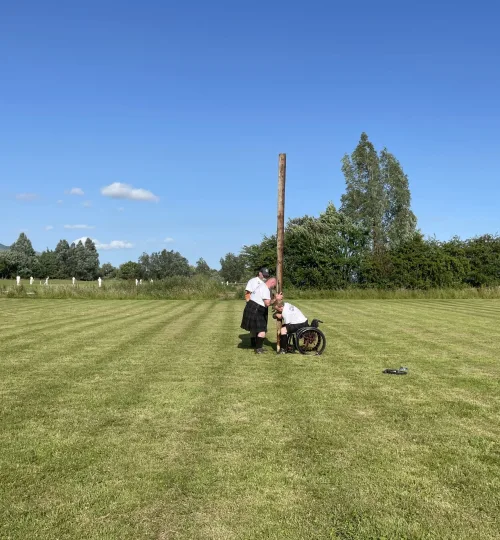
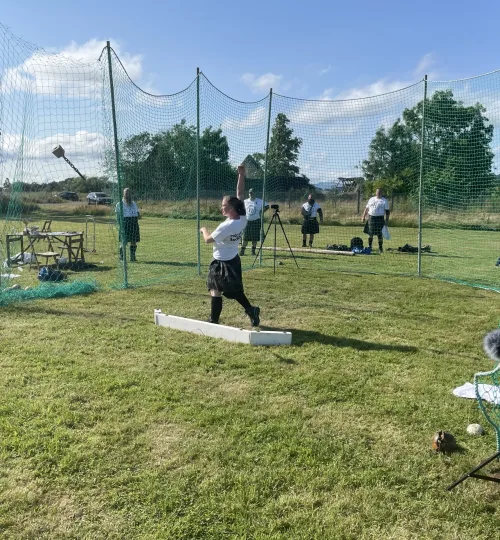
1818
Tilting the Ring
In 1226, King Alexander II of Scotland, granted a Charter to the Burgh of Stirling, for their Merchants Guild, to hold markets or fairs and he also gave them other privileges.
In the medieval period (13th to 16th century), Stirling Castle, which is associated with King Arthur, was famed for hosting jousting tournaments (tilts). Knights on horseback, dressed in armour, would charge at each other with wooden lances, in an effort to unseat their opponents. Horse and pony races also took place.
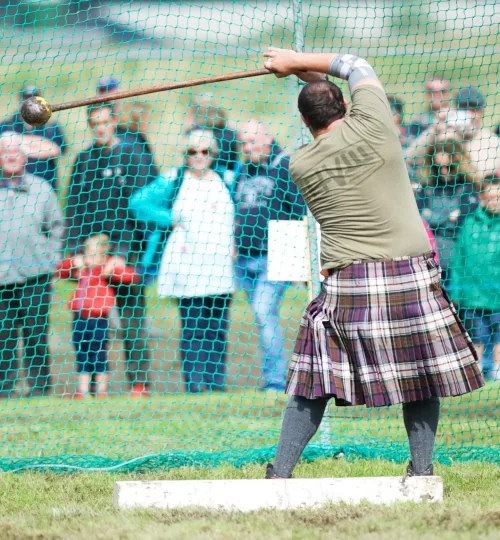
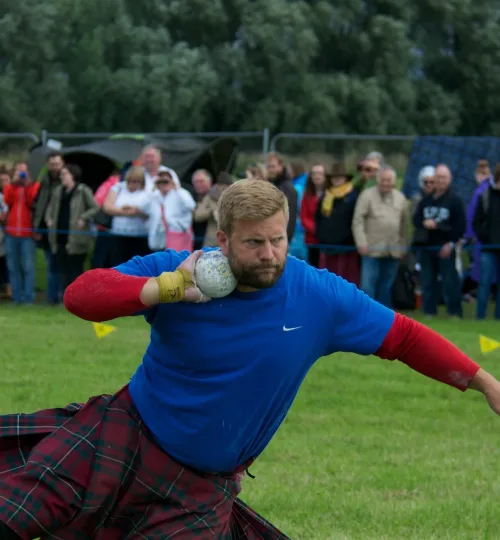
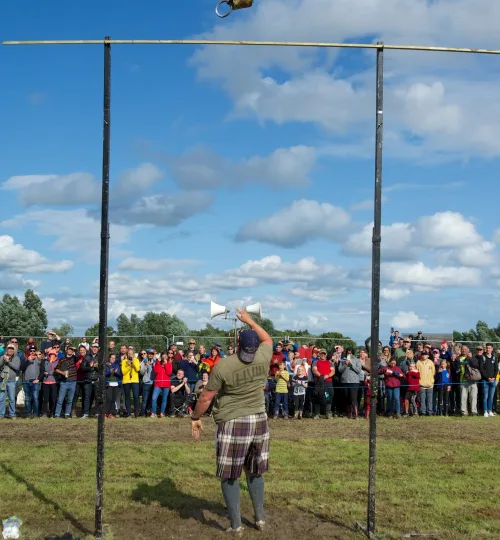
1870
Origins of Stirling Highland Games
Stirling Castle soon caught the attention of royalty and became a favourite royal residence and administrative centre. During the medieval period, the castle, which is associated with King Arthur, held jousting tournaments, accompanied by lavish feasts, music, and dancing. As the settlement around the castle grew, the area became the focus of trading, and regular markets and fairs were held. It has also been the home of a military garrison for centuries. These early competitions and the military training required to compete at them, are the link to the modern Stirling Highland Games.
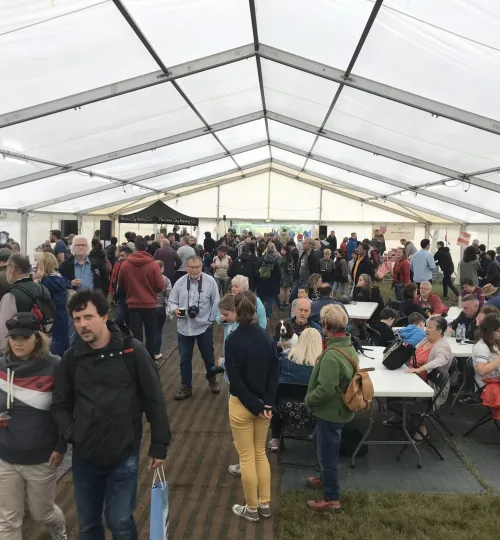
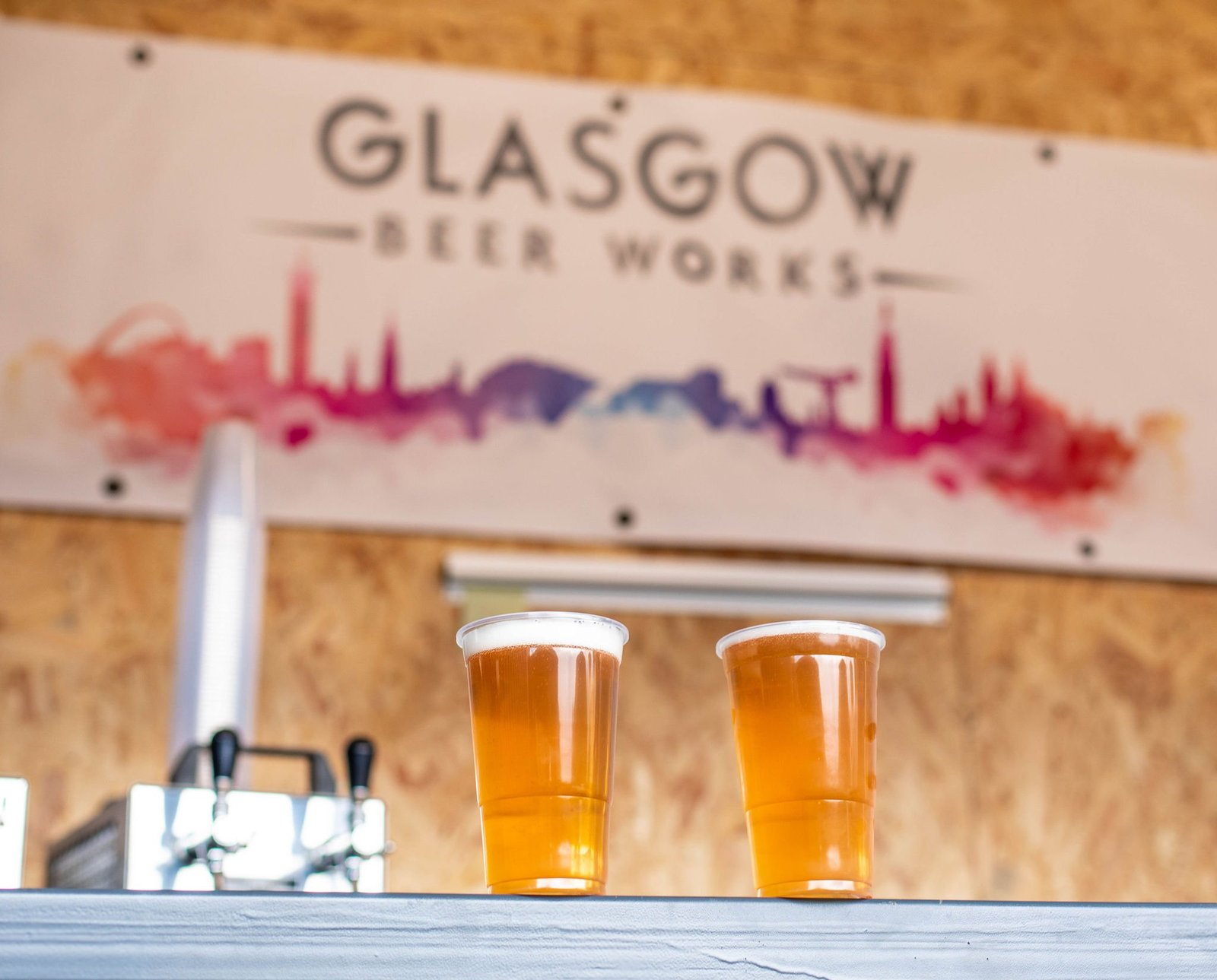
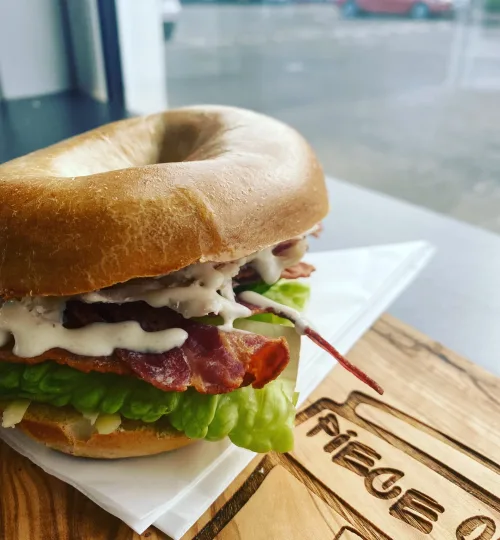
2020
Stirling Highland Games Tartan
The tartan was designed with the 1870 games committee in mind as 23rd July 2020 marked the 150 years anniversary of those Games. We were keen to recognise the 3 members of that committee’s contribution by including a colour from each of their clan tartan in our design. The 3 Members of the 1870 Stirling Highland Games Association were: Col. McPherson, appointed Chairman; James Graham 4th Duke of Montrose and appointed President; Charles Murray 7th Earl of Dunmore and appointed Steward.
